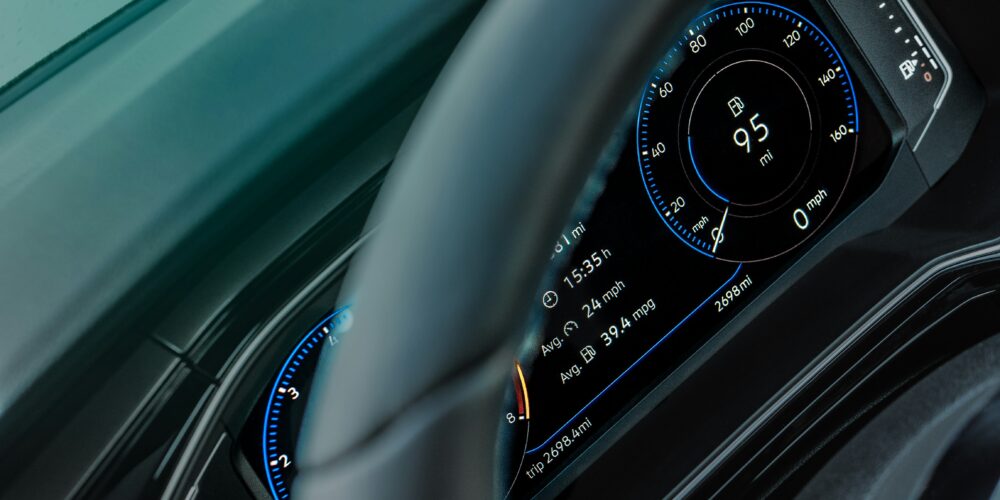The automotive industry is undergoing a technological revolution, transforming not just the cars we drive but how we maintain and repair them. As electric vehicles, artificial intelligence, and connected systems become the norm, mechanics and car owners are experiencing a profound shift in the efficiency, precision, and sustainability of vehicle repairs. This new era of innovation is redefining the relationship between technology and automotive care, ensuring better outcomes for vehicles and their owners alike. Let’s explore the ways technology is reshaping the world of car repairs.
Advanced Diagnostics: Redefining Problem-Solving in Repairs
Diagnosing vehicle issues has evolved dramatically over the years. In the past, identifying the root of a problem often involved trial and error, requiring significant time and expertise. Today, thanks to advanced diagnostic tools, mechanics can pinpoint problems with remarkable accuracy and speed. Modern vehicles are equipped with sophisticated onboard computers that constantly monitor performance. Mechanics now use diagnostic scanners connected to a car’s OBD-II (On-Board Diagnostics) port to extract error codes. These codes provide detailed insights into issues such as engine misfires, sensor malfunctions, or transmission errors.
The benefits are substantial. Advanced diagnostics enable faster identification of problems, reducing downtime for car owners and ensuring repairs are precise. This minimises unnecessary part replacements and lowers costs, creating a more efficient repair process for everyone involved.
Augmented Reality (AR): Enhancing the Mechanic’s Perspective
Augmented reality is no longer confined to video games or futuristic concepts—it’s making a significant impact in auto repair shops. AR technology provides mechanics with an innovative way to visualise and interact with vehicle components.
Using AR glasses or tablets, technicians can overlay digital instructions directly onto physical car parts. This technology offers step-by-step guidance for complex repairs, reducing errors and shortening the learning curve for new models. AR also serves as a powerful training tool, helping junior mechanics develop their skills with greater confidence. The integration of AR into repair shops is streamlining workflows and ensuring a higher standard of service, benefiting both mechanics and vehicle owners.
3D Printing for Parts Replacement
One of the biggest challenges in vehicle repairs is sourcing replacement parts, particularly for rare or discontinued models. 3D printing is changing the game by allowing mechanics and manufacturers to produce custom parts on demand.
This technology is being used to fabricate components that are otherwise difficult to find, as well as create prototypes for unique modifications. The advantages are clear: faster repair turnaround times, reduced costs for bespoke parts, and a solution for vehicles with otherwise hard-to-replace components. As 3D printing becomes more accessible, it’s set to become a cornerstone of modern auto repair practices.
AI-Powered Predictive Maintenance
Artificial intelligence is revolutionising vehicle maintenance by shifting the focus from reactive repairs to proactive care. Predictive maintenance uses real-time data collected by sensors within a vehicle to forecast potential issues before they arise. AI algorithms analyse data such as engine performance, brake wear, and fluid levels to predict when parts are likely to fail. This allows drivers to address problems early, preventing costly breakdowns and extending the lifespan of their vehicles.
For car owners, predictive maintenance provides peace of mind and ensures a smoother driving experience. For mechanics, it’s an invaluable tool for offering timely and effective service.
Self-Driving Cars and Repair Challenges
As self-driving technology advances, vehicles are becoming more reliant on sensors, cameras, and complex software systems. Repairing these systems presents a unique set of challenges, requiring specialised tools and extensive training.
Mechanics will be expected to recalibrate cameras, sensors, and advanced driver-assistance systems (ADAS) to ensure the vehicle operates safely. Collaboration between manufacturers and repair shops is also essential to share knowledge and best practices for these cutting-edge technologies. The rise of autonomous vehicles is pushing the boundaries of what mechanics can achieve, requiring them to stay at the forefront of technological innovation.
Technology is revolutionising vehicle repairs, making them faster, more accurate, and more efficient than ever before. From advanced diagnostics to AI-powered maintenance and 3D-printed parts, the tools of tomorrow are already reshaping the automotive repair industry. For car owners, this means fewer surprises, lower costs, and a better understanding of their vehicles. For mechanics, it means staying at the forefront of innovation to deliver top-notch service.
At Service4Service, we embrace these advancements to provide cutting-edge care for your vehicle. Contact us today for expert care and a team always working hard to keep up with the changing world of automotive repair and maintenance.

